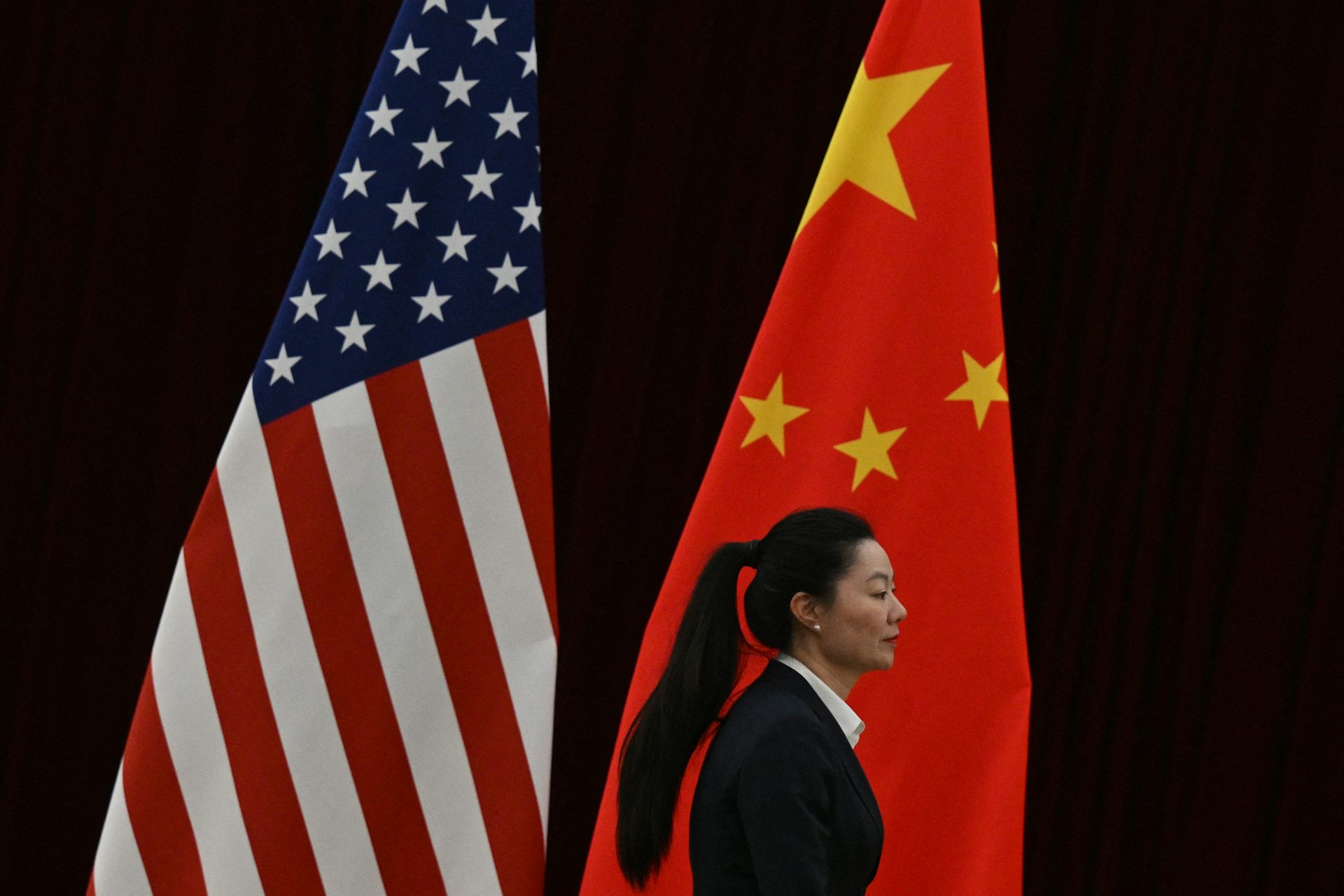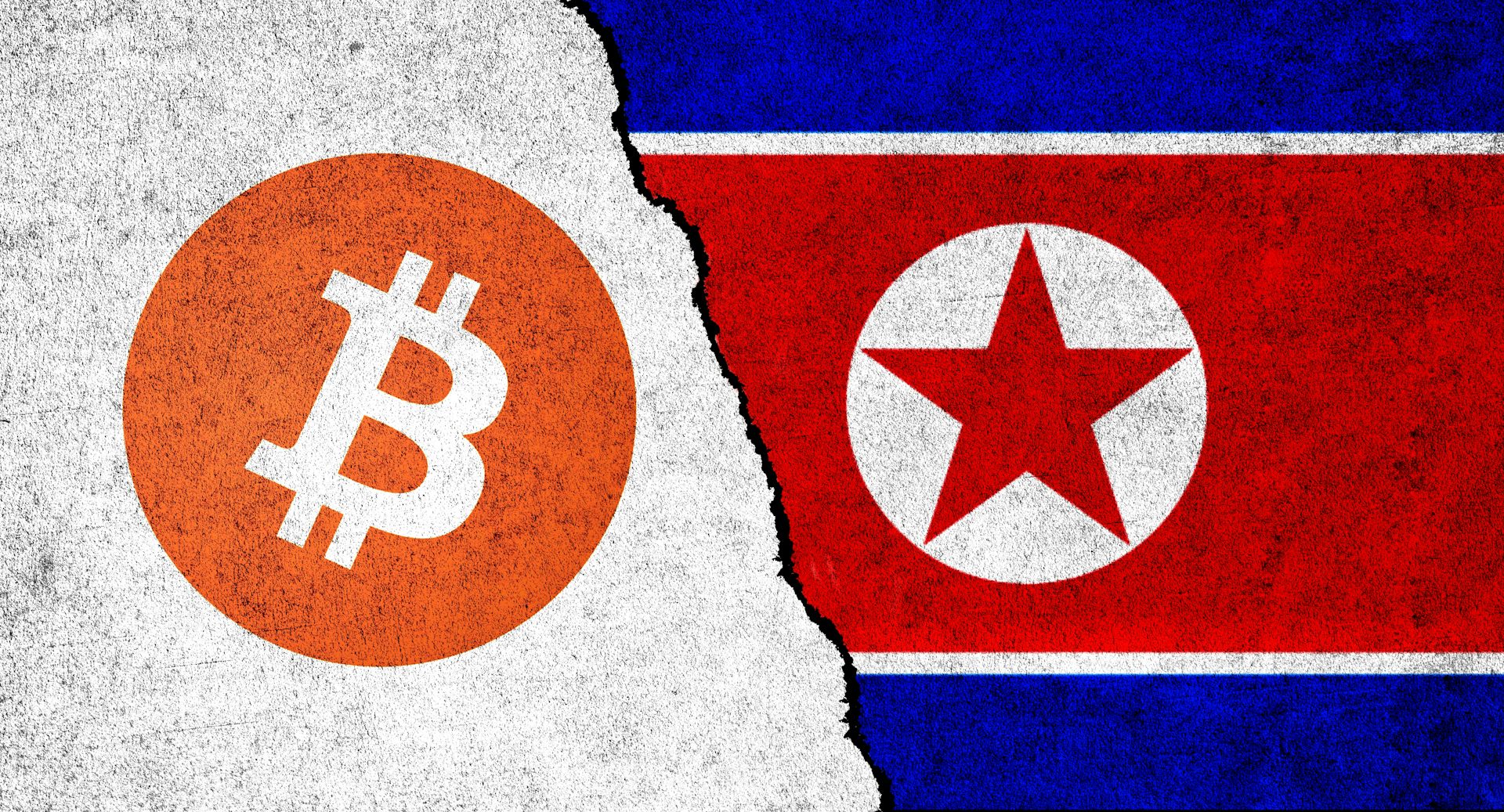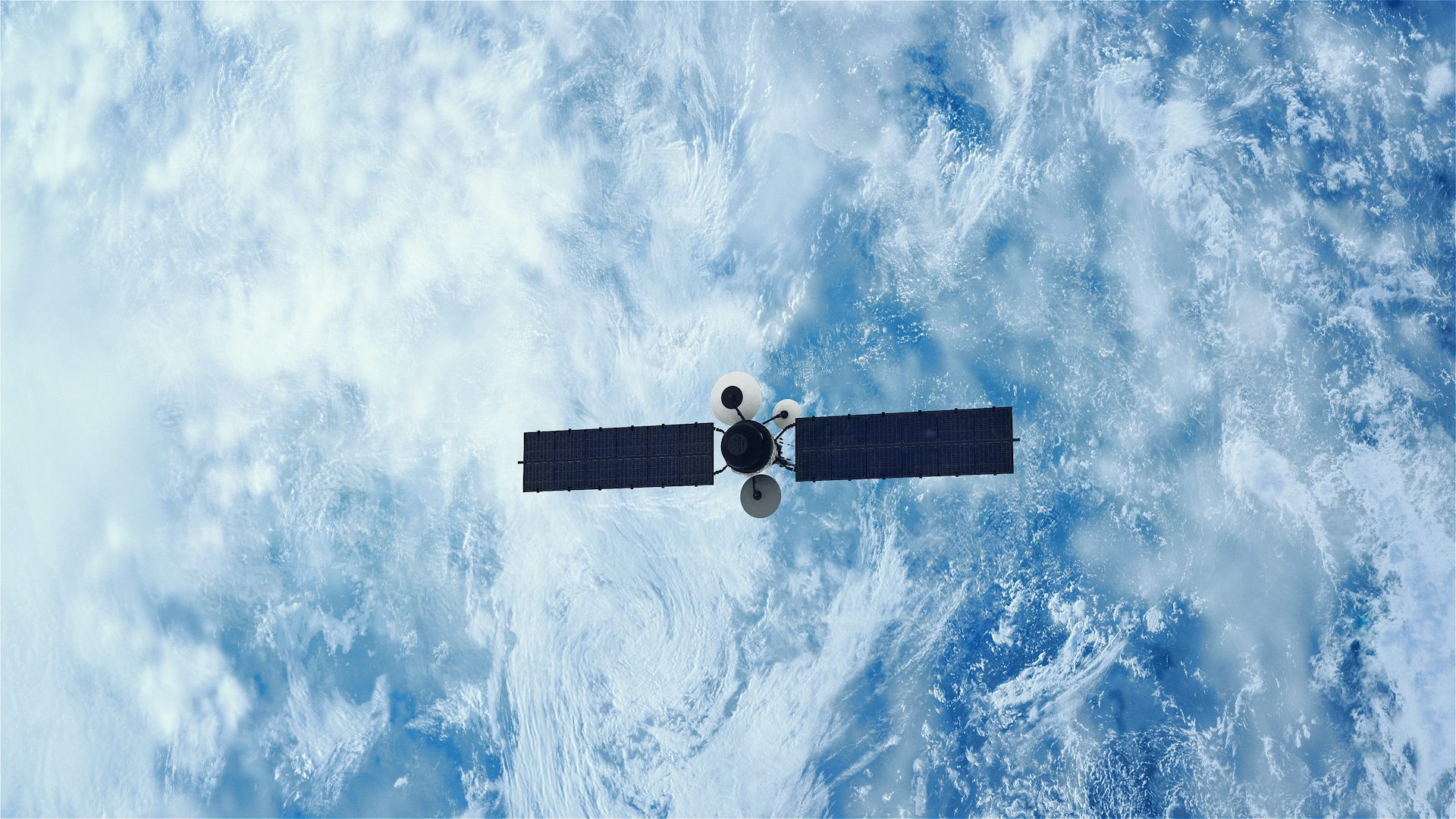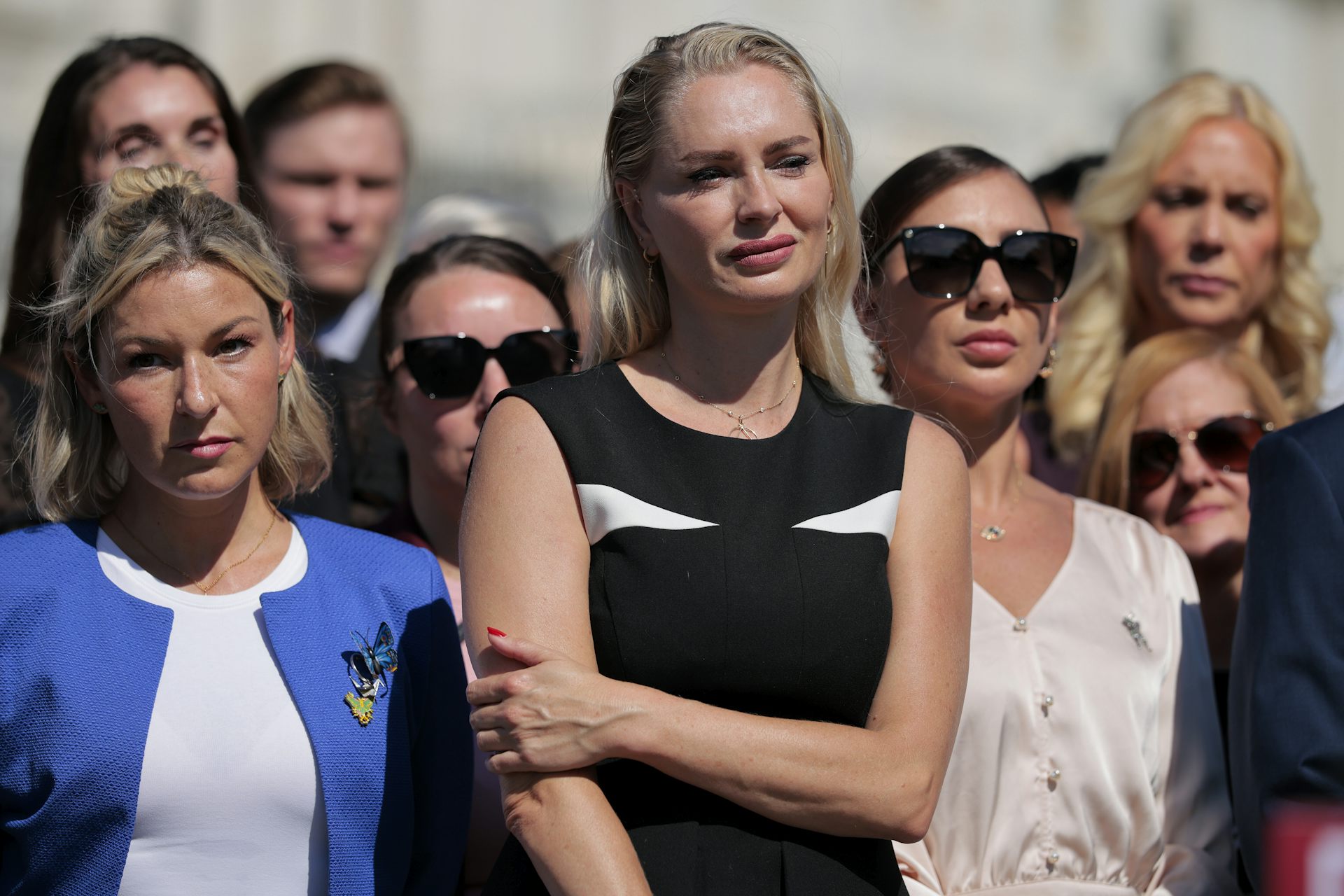The ‘security guarantee’ paradox: Too weak and it won’t protect Ukraine; too robust and Russia won’t
The US and Europe hope protections for Ukraine can end the conflict. But previous attempts have fallen flat.

Back-to-back summits in Alaska and Washington with the Russian and Ukrainian leaders, respectively, have done little to clarify how U.S. President Donald Trump intends to engineer an end to the conflict in Ukraine.
Beyond vague exhortations of “land for peace,” it was unclear what exactly Trump and Russian President Vladimir Putin agreed to in Anchorage on Aug. 15, 2025. Whatever it was, Trump’s follow-up meeting with Ukraine President Volodymyr Zelenskyy and European leaders days later in the White House came up with a completely different agenda: peace in return for security guarantees from the Western powers.
Putin, confident that Russia is winning the war, looks to be using Trump’s peace initiative to play for time, acquire more Ukrainian land and to try to widen the divisions between the U.S. and Europe.
The Europeans, anxious to prevent such an outcome, hope that in planting the idea of security guarantees in return for an end to the fighting and recognition of de facto Russian occupation of territory, they will persuade Trump to cooperate with European efforts to help Ukraine defend itself.
While this might sound like a viable strategy for peace, it fails to acknowledge the wide gap between Ukrainian and Russian visions for ending the war. As a longtime observer of Russian politics, I am skeptical that security guarantees hold the key for unlocking peace: If too weak, they provide no real deterrence to future Russian aggression; too stringent, and they will never be accepted by Moscow in the first place.
The phantom of security guarantees
Trump told European leaders on a call Aug. 16 that he was prepared to contribute to security guarantees with Europe so long as it didn’t involve NATO.
White House special envoy Steve Witkoff even claimed the following day that Putin had agreed to security guarantees for Ukraine and a pledge not to attack other countries.
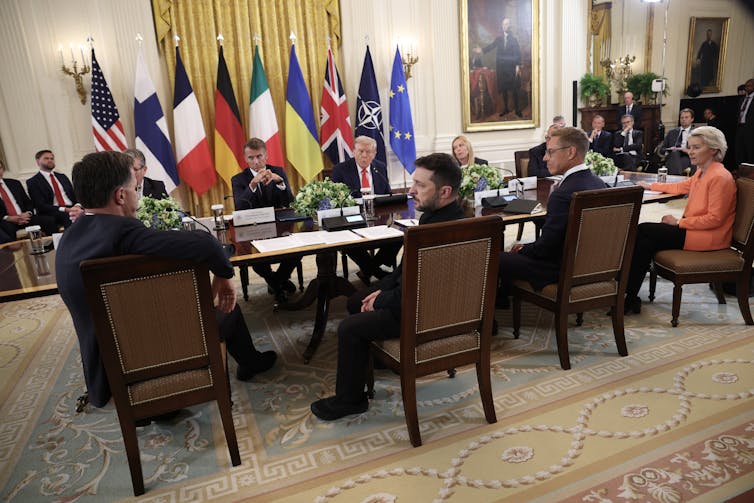
Whatever the case, during the White House meeting, Trump, Zelenskyy and the assembled Europeans agreed on the need to provide Kyiv with guarantees that it would be safe from further Russian aggression in the case of a cessation of hostilities. And Trump tasked Security of State Marco Rubio to negotiate the details on what such guarantees would look like.
Indeed, the Europeans seem to be taking the idea of security guarantees quite seriously. Camille Grand, a former NATO assistant secretary general, has floated a force of 15,000 to 20,000 European troops being deployed in Ukraine in the wake of a peace agreement. On Aug. 19, U.S. Gen. Dan Caine, chairman of the Joint Chiefs of Staff, met with European generals in Washington, and the next day, defense ministers from NATO’s 32 members held a virtual meeting to discuss the plan.
Trump himself said on Aug. 20 that he was open to the U.S. providing air support for such a mission, though he has ruled out American ground troops as part of any peacekeeping force.
Russia’s ‘nyet’ to NATO role
Unfortunately, despite this flurry of diplomatic activity, it’s unclear how the idea of security guarantees could be acceptable to Russia.
From the very beginning, Putin has been crystal clear that his main goal is to prevent NATO from gaining a foothold in Ukraine. In December 2021, he even demanded that NATO draw back its forces already present in the Baltic nations – Estonia, Latvia and Lithuania – and Poland. Russia has repeatedly stated that any military presence of NATO member countries in Ukraine, such as peacekeepers, is unacceptable. And there is no indication that Russia would be willing to abandon this position now as part of a peace deal.
Without boots on the ground, however, Western security guarantees will be as flimsy as the assurances they, and Russia, gave Ukraine in the 1994 Budapest Memorandum, when Kyiv gave up its nuclear weapons. The memorandum’s security assurances failed to prevent Russia from annexing Crimea in 2014. Moreover, the only Western response was a limited package of economic sanctions on Russia.
In the summer of 2014, fighting raged between Russian-backed separatists and Ukrainian government forces in the eastern Ukrainian provinces of Donetsk and Luhansk. France and Germany took the lead in trying to broker a peace deal in the Minsk Accords. Those negotiations failed to bring the two sides together, and Russia consolidated its grip on the rebel territories despite the presence of international observers.

The elusive Article 5
If Ukraine NATO membership is off the table – which it appears to be – then what of the next-best offer that can be made to Ukraine – NATO-like protection through a promise of collective action by a so-called “coalition of the willing”?
This is seen as a functional equivalent of the alliance’s much-vaulted Article 5, which states that members agree “that an armed attack against one or more of them in Europe or North America shall be considered an attack against them all.”
But here it is worth looking in more detail at exactly what Article 5 entails. The text goes on to say that each member will take “such action as it deems necessary, including the use of armed force.”
In short, there is no binding commitment to go to war.
In fact, during the Cold War, there was great uncertainty over what Article 5 really meant. If the Soviet Union attacked West Berlin, would the U.S. really fight back, risking escalation to nuclear war? Would an American president trade Boston for Bremen in a nuclear exchange?
In search of a credible deterrent
Promises of collective action mean little, unless they are backed up by demonstrations of a willingness to follow through.
In order to make Article 5 deterrence credible during the Cold War, the U.S. placed over 300,000 troops in Europe, mainly in West Germany. This was not a mere tripwire; it was designed to hold back a Soviet attack for at least 24 hours, giving political leaders on both sides a chance to reconsider and de-escalate the situation.
The need for deterrence faded after the collapse of the Soviet Union, and the U.S. drew down its forces in Europe to some 65,000 by 2010. Meanwhile, NATO shifted to crisis-response planning, and interventions out of area in Bosnia, Libya and Afghanistan.
A half-dozen central European countries joined NATO in 1999 and 2004, but no serious planning went into how they would be defended in the event of a Russian attack, since that seemed a remote prospect. Under the Founding Act signed with Russia in 1997, NATO pledged not to place nuclear weapons in the new member states.
However, the expansion of NATO has stretched the credibility of Article 5 assurances. Three Baltic countries joined NATO in 2004, but they have miniscule armies, and in 2016, a RAND study estimated that Russia could overrun Estonia, Latvia and Lithuania in 72 hours. In 2016, NATO decided to establish an “enhanced forward presence” of four battalions in the Baltic states and Poland – though they amount to fewer than 5,000 troops.
After the full-scale invasion of Ukraine, the threat to the Baltic has become even more evident. Estonia and Latvia have substantial ethnic Russian minorities – the very pretext Putin used to annex Crimea and the Donbas region in Ukraine. However, Sweden and Finland joining NATO has substantially improved the alliance’s air and maritime capacity in the region.
The immediate purpose of all the talk of “security guarantees” may be to prevent Trump from cutting Ukraine adrift, and to shift responsibility for the war back toward Putin. But more broadly, the Europeans are not solely concerned about protecting Ukraine, but also about bolstering NATO’s military capacity in central Europe. In a world where the U.S. is not seen as the reliable ally it once was, pushing a security guarantee for Ukraine may be a gambit to enhance European security after the war ends.
Peter Rutland does not work for, consult, own shares in or receive funding from any company or organization that would benefit from this article, and has disclosed no relevant affiliations beyond their academic appointment.
Read These Next
2 superpowers, 1 playbook: Why Chinese and US bureaucrats think and act alike
The men and women tasked with implementing policy are governed by the same incentives and constraints…
How rogue nations are capitalizing on gaps in crypto regulation to finance weapons programs
North Korea was behind a $1.5 billion digital bank heist in February 2025. Other countries are similarly…
The next frontier in space is closer than you think – welcome to the world of very low Earth orbit s
The closer to Earth a satellite flies, the clearer a picture it can take of the surface. But low-flying…


